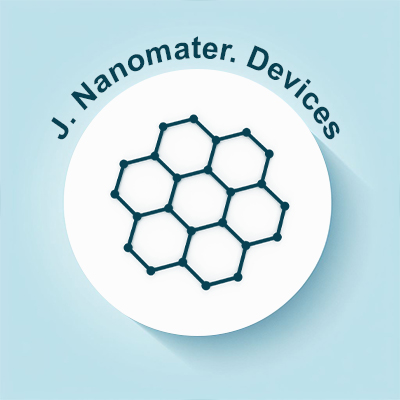
Journal of Nanomaterials and Devices
OPEN ACCESS

OPEN ACCESS
.jpg)
Fluorescent carbon dots (CDs) have emerged as promising nanomaterials for real-time glucose sensing and diabetes management due to their unique optical properties, high biocompatibility, and cost-effective synthesis. This review provides a comprehensive overview of CDs-based fluorescence glucose sensors, highlighting their potential to revolutionize non-invasive and continuous glucose monitoring. We have discussed the synthesis and characterization of CDs, emphasizing top-down and bottom-up approaches that enable tunable fluorescence and high quantum yields. The fluorescence sensing mechanisms, including enhancement, quenching, Förster resonance energy transfer (FRET), and ratiometric detection, are discussed for their sensitivity and selectivity in detecting glucose in biological fluids such as serum, saliva, and urine. Applications of CD-based sensors are examined across in vitro assays, in vivo continuous monitoring, and point-of-care devices. Despite significant progress, challenges such as selectivity against interfering biomolecules, photostability, and long-term biocompatibility persist. Future research should integrate CDs with wearable technologies, IoT platforms, and advanced material modifications to enhance specificity and scalability.